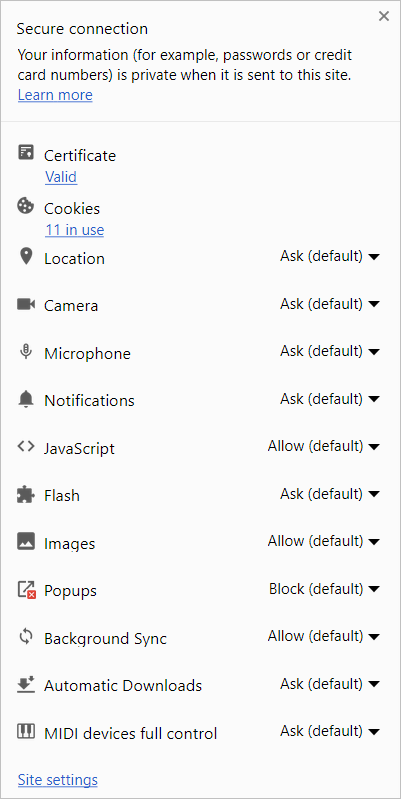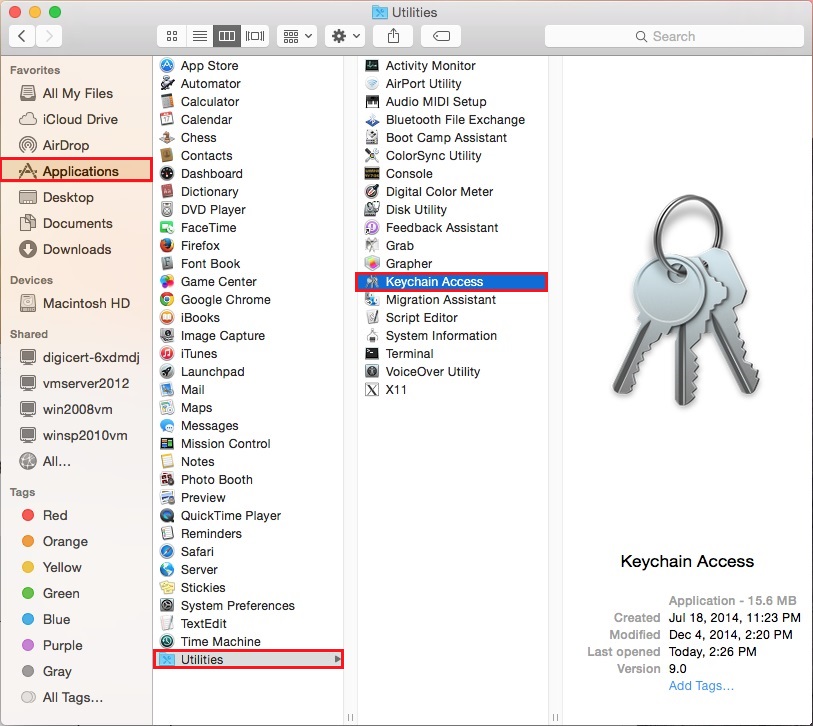
#MAC CHROME DOESN'T ASK FOR CERTIFICATE MAC OS#
The browser consults the Operating System’s trust store (Keychain on Mac OS X, certmgr.msc on Windows) to find any candidate certificates (unexpired certificates with the Client Authentication purpose set and a private key available) that match the server-supplied filtering criteria: The CertificateRequest message allows the server to specify criteria for the certificates it is willing to accept from the client, including details such as the certificate’s issuer, and key/signature/hash types. If a client certificate is supplied in the browser’s Certificate response to the server’s challenge, the browser proves the user’s possession of that certificate using the private key that matches that client certificate’s public key.Ī client may choose not to send a certificate (either because no matching certificate is available, or because the user declined to supply a certificate that it had)-in such cases, the server may terminate the handshake (showing a Client Certificate Required error message) or it may continue the handshake and attempt to authenticate the user via other means. To request mutual authentication, servers send a CertificateRequest message to the client during the HTTPS handshake, specifying a criteria filter that the browser will use to find a client certificate to satisfy the server’s request.


Such a certificate might be stored on a SmartCard, or used as a part of an OS identity feature like Windows Hello. While most HTTPS sites only authenticate the server (using a certificate sent by the website), HTTPS also supports a mutual authentication mode, whereby the client supplies a certificate that authenticates the visiting user’s identity.


 0 kommentar(er)
0 kommentar(er)
